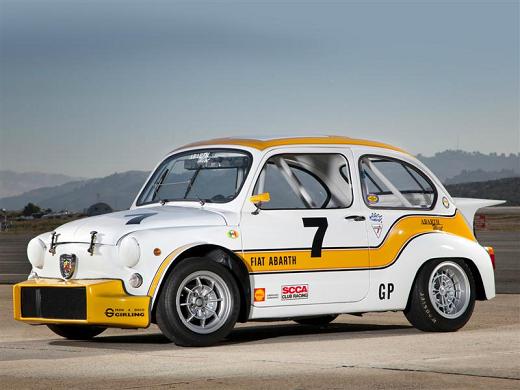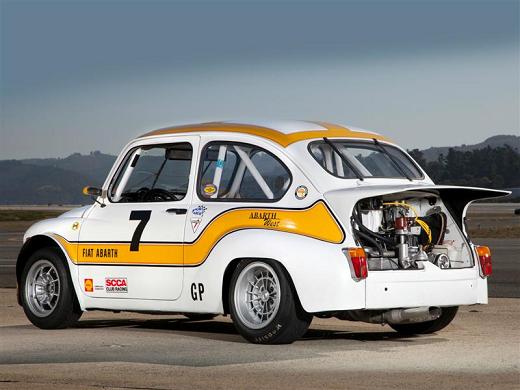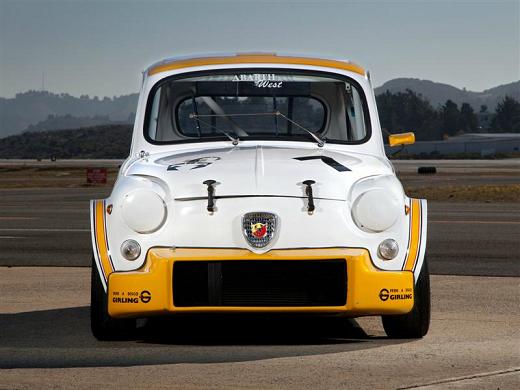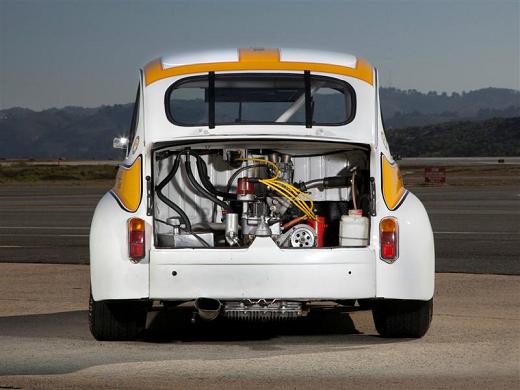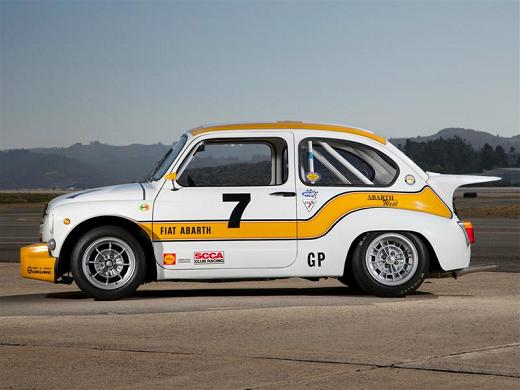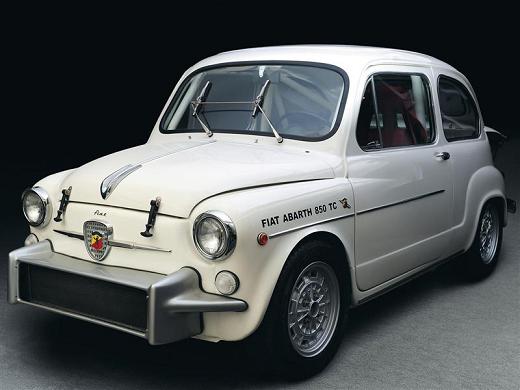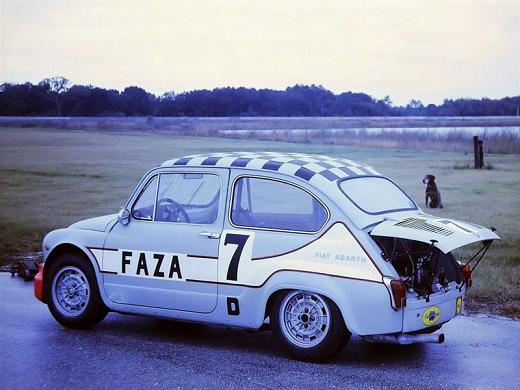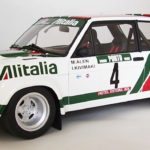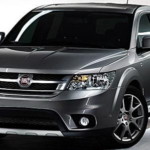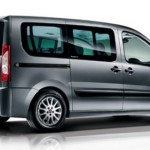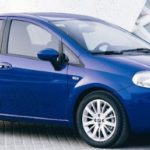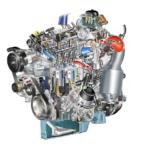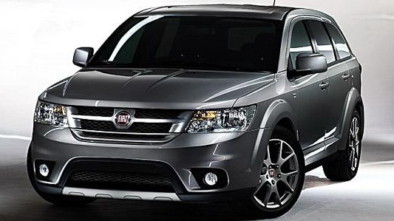Fiat Abarth - History
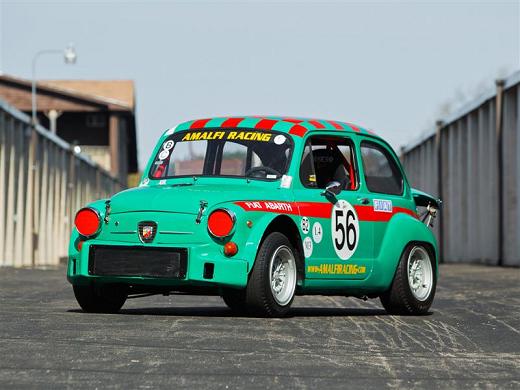
Abarth
In the automotive world, Abarth is a very well known and recognized name.
Although a little active lately, this car dealership has been making history in the XNUMXs and XNUMXs, with numerous car-based models Fiat, who gained fame both on the runway and on the street. The founder of the company, Carlo Abarth, was born in 1908 in Vienna. He began his career in his twenties and thirties, riding moto racing and perfecting himself as a mechanic. In 1928 he made his first exhaust and became a specialist in exhaust systems for motorcycles and cars. His affirmation is aided by his acquaintance with the greats of the world automobile industry such as Ferdinand Porsche and Rudolf Hruska, who considered Abarth a genius engineer. He takes his life path through the Kingdom of Yugoslavia (where he once lived), to Italy, where, after the Second World War, he founded the firm Abarth in 1949 in Bologna.
The racing department was established very quickly, and as early as 1951 the company moved to Turin, where cooperation with the Italian car industry giant Fiat began. Abarth was best known for producing race cars and road exhausts, and among his clients were Ferrari, Maserati i Alfa Romeo. In addition, the factory also offered Fiat tuning kits, and participated in the races with its modifications. Presentation Fiat 600, better known to us as Fić, in 1955, was a turning point for Abarth. The great tuning potential this car had, inspired Abarth to show his vision at the Car Show in Brussels next year. The new model is called the Fiat Abarth 750 Berlin S. i. Elaborazione. Behind this long name stood, almost outside, the unchanged Fiqa, while all the modifications were below the sheet.
Specifically, there was a turbocharger on the board, the four-speed gearbox was adjusted differently, and the biggest modifications were made to a 40hp engine. The lower lineup and tire choice for the civilian versions remained unchanged. In practice, the car had a higher top speed of 130 km / h and better acceleration. Its price was high and was around 7,500, then DEM, which was even a thousand more than needed to be allocated for the Opel Record, however, it still found buyers. The Mille Miglia engine was soon available, with several world records broken in 1956 and 1957 (for example, one specially prepared Abarth with this engine was driven for 48 hours at an average speed of 140.65 km / h). Cars offered on the market with this machine had 46 hp at 6,000 rpm and a top speed of 135 km / h.
The test found that the car goes up to 7 km / h faster if the bonnet is open, because the thermal load of the engine was very pronounced and thus allowed additional cooling. In February 1961, a new model was introduced, called the Fiat Abarth 850 TC Berlin (TC: Turismo Competizione). On the outside, this model did not go far from the regular Fiesta, except for the water and oil cooler in the front and the body pattern. Mounting additional coolers was necessary as the further tuning engine simply could not withstand. The volume was 847 cubic centimeters and the unit was highly modified relative to the serial machine. Power was 52 hp at 7,000 rpm. The lower unit was well refined, the brake system received discs on the front axle, and the suspension was further stiffened. Customers were able to choose between four or five-speed gearboxes and a modified transmission for better acceleration or higher top speed.
This version developed around 145 km / h, and even better results were achieved by the 850 S and 850 SS versions (55-57 hp). In the same year, an additionally tuned model called the Abarth 850 TC Nürburgring Berlin (the name 850 TC Corsa was also used) appeared, which had a 64 hp engine at 7,000 rpm, and had 68 horsepower in the racing team. Later, the special 850 TCR Berlin - Group 5, with two double Webber carburetors, developed a full 93 hp at 8,400 rpm. Along with these models, a stronger version was developed, the 1000 TC Berlin. It had a volume of 982 cc and developed 60 hp in passenger and 88 hp in racing preparation. Depending on the wishes of the customer, the maximum speed could be, at that time, dizzying, 200 km / h. Although these were models refined to the extreme limits of Fica's concept, there was still room for further increase in power and speed.
This was exactly the case with the 1000 TCR Berlin - Group 5 from 1968, which developed 110 hp. In 1970, the last, but most extreme, Abarth 1000 with the TCR designation, was introduced, intended exclusively for racing. The highly modified engine had 112 hp at 8,200 rpm. With long transmission ratios, prepared for circuit races, this car reached 215 km / h. Optically, this Abarth also looked "hot", with magnesium wheels, extended fenders and a larger radiator in the front. The weight of the 1000 TCR model was only 570 kg. This completely racing car did not have a long sports career, since the Abarth withdrew from the competition in 1971. Namely, in 1970, Fiat completely bought the company Abarth and then completely changed its production philosophy. Since then, Abarth has become Fiat's sports division and has stopped producing models based on the Fiji or Fiat 600 D.
Today, Abarth is a frequent choice for fans of classic cars with racing ambitions. The relatively large but never exactly known number of pieces made lowers their price. Spare parts are also among the cheapest in the world of old-time vehicles and a good deal is taken from the production model. The price of an Abarth ranges from € 35,000 for a 1000 TCR with a racing pedigree and goes down to € 10,000 for the first series of 750 Berlin. These are the prices for cars in 1a, that is, in perfect condition. The racing successes of these cars are remarkable and have been achieved both on the circuit and on the relays and mountain races. A special story is the popularity of Abarth with us. Today, the Abarthi can often be seen in oldtimer races where they heroically battle other cars from their epoch and very often win. As already stated, the popularity of Abarth in Yugoslavia was exceptional.
Although only a few genuine and original Italian specimens were indeed in our region, the name itself symbolized the "refined" Fići and auto sport in the former Yugoslavia. The reason for this great popularity is clear, given that Abarth was just a slightly stronger version of our national vehicle that is still in the heart of many, and besides, for a long time only this car has been driven in all kinds of motor sports. In any case, at the time of its greatest popularity, during the 1000s and part of the XNUMXs, the real Abarths were driven only by the biggest aces, because the car was quite expensive, especially for our then conditions (the strongest version of the XNUMX TCR was the new one costing the same as a Ferrari Dino). Other competitors, on the other hand, were preparing their cars to Abarth specifications, making a "clone" of vehicles. As on the track, tuned Fiats to Abarth specifications could also be seen on the street, and the degree of originality and incorporation of the original parts depended on the amount of funds available.
Considering the financial situation was never good enough, the competitors managed themselves in various ways (old fenders were known to be used to make wider fender edges!). Due to the high price, most of the original cars were purchased from abroad, and as a help to domestic motorists, the factory ”21. May ”from Belgrade, which made engines for the Zastava 750, also included a DMB 850 S sports unit, which was made in the Abarth model. This engine was developing 40 hp and was very easy to install, while its price was 6,600 new dinars back then. After all, the whole philosophy is best described in the cult domestic car movie “National Class”, which is a must-see video reading for every fan. Therefore, it should come as no surprise that virtually all the greats of motor sport in our country, the first racing experiences and glory were acquired on the Abarth models.
Author: 426 Hemi
Pictures: Fiat
Retrieved from: www.brzabrzina.com
Recommendation of similar texts:

Hi there, I am Mladen and I am an auto enthusiast. I started this blog years ago to help like minded people share information about latest cars, car servicing ideas, used car info, exotic cars, and auto technology. You will find helpful articles and videos on a wide variety of cars - Audi, Mercedes, Toyota, Porsche, Volvo, BMW and much more. Ping us if you have anything cool to share on latest cars or on how to make older cars more efficient, or just want to say hi!


